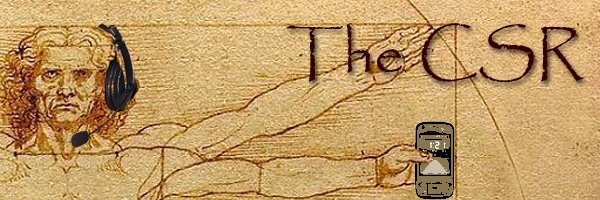Jason Lackey The recent AT&T/Apple/Google fiasco with the banning of the Google Voice App from the Apple App Store highlights the type of issues and conflicting perspectives that the industry will increasingly face, with the dawn of 4G helping to bring things to a head.
Let me explain. The operators, being large and profitable, like the way they have been doing business and would like mobile to continue to look like wireline services just without the wires. They want to deliver a service with the reliability and predictability of a utility.
Subscribers, increasingly raised on IP and the internet, have different expectations. They see services, the network and devices from the perspective of an internet user - they can (for some, perhaps should) come from different places. The operator carries the bits, someone makes the phone and services exist in the cloud. Oh, yeah, almost forgot, the services should also be free.
Of course there are regional market differences. For example, Gmail and Yahoo don't get much mobile love in Japan, where most people tend to use operator provided mobile mail accounts. Europeans seem to have a better understanding of handsets not needing to come from the operator, probably due to the dominance of GSM, while in the US near universal subsidies and sim locks on GSM devices help curb the view of the mobile terminal as being something not tied to the network. However, the tide is turning.
Which brings us to the slippery slope. Folks like Apple insist on control as that is the only way they can guarantee a good user experience and that sometimes things that would be impactful in a bad way will be verboten. Fine. What about things that don't break or harm the phone or network but that the operator doesn't like for business reasons? VoIP, for example. The operator may want to block such things, but is this in the best interest of the subscriber? Microsoft, for example, believes that Internet Explorer provides the best possible user experience for PC users, but the EU seems to differ.
Long term, I suspect that the world of wireless will come to more closely resemble the internet, but it will take some time and there will be some bumps in the road. Just like some ISPs try to block p2p traffic, you will also see some operators try to block apps they see as threats, but I suspect that long term the operators will come to see stuff that runs over their data networks as being good because it drives demand for data. Until then, expect an occasionally bumpy ride.
 David Pogue of the New York Times is on the warpath. While perhaps not as passionate or heartfelt as Marvin Heemeyer's killdozer rampage, his "Take Back the Beep" Campaign has certainly ruffled some feathers and caused some difficult questions to be asked.
David Pogue of the New York Times is on the warpath. While perhaps not as passionate or heartfelt as Marvin Heemeyer's killdozer rampage, his "Take Back the Beep" Campaign has certainly ruffled some feathers and caused some difficult questions to be asked.








